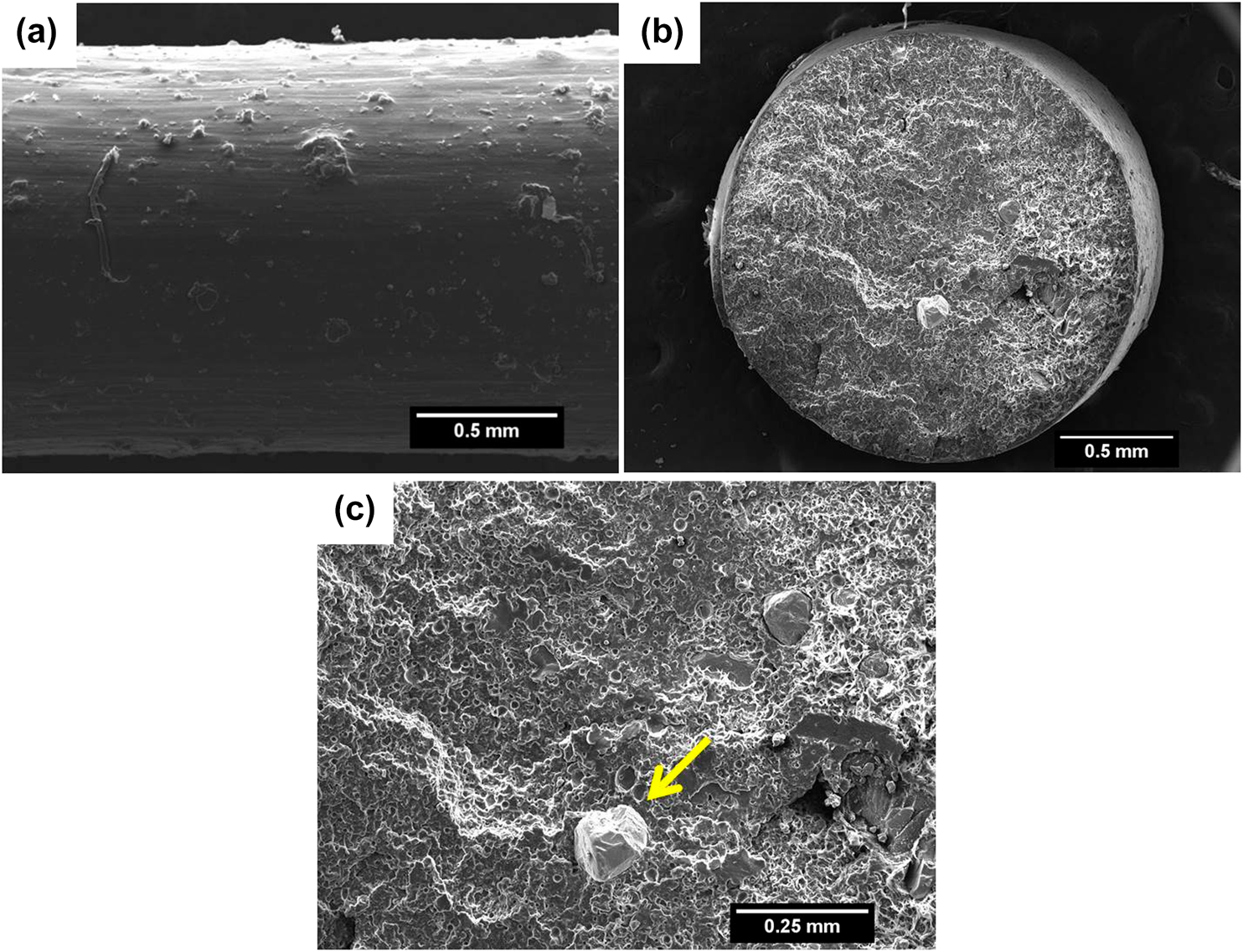Article contents
Printing composite nanofilaments for use in a simple and low-cost 3D pen
Published online by Cambridge University Press: 20 April 2020
Abstract

In this work, filament based on ɛ-polycaprolactone (PCL) and containing the bioactive ceramics nanohydroxyapatite (nHap) and Laponite® (Lap) was prepared by the extrusion process. To obtain the material, a mass ratio of 89:10:1 (PCL:nHap:Lap) was used, and structural and morphological characterization was realized. In addition, cytotoxicity (using Allium cepa bulbs) and viability tests on L929 cells also were performed. The results showed that filament (diameter of 1.79 ± 0.17 mm) presented a good dispersion of nHap and Lap into polymeric matrices. Fourier transform infrared spectroscopy identified typical bands at 1720, 1091, and 1045 cm−1 addressed to PCL and nHAp, In addition, Lap was identified through dispersive energy system and X-ray diffraction analyses. All filaments did not exhibit cytotoxic effects.
Keywords
- Type
- Article
- Information
- Copyright
- Copyright © Materials Research Society 2020
Footnotes
These authors contributed equally to this work.
References
- 4
- Cited by




